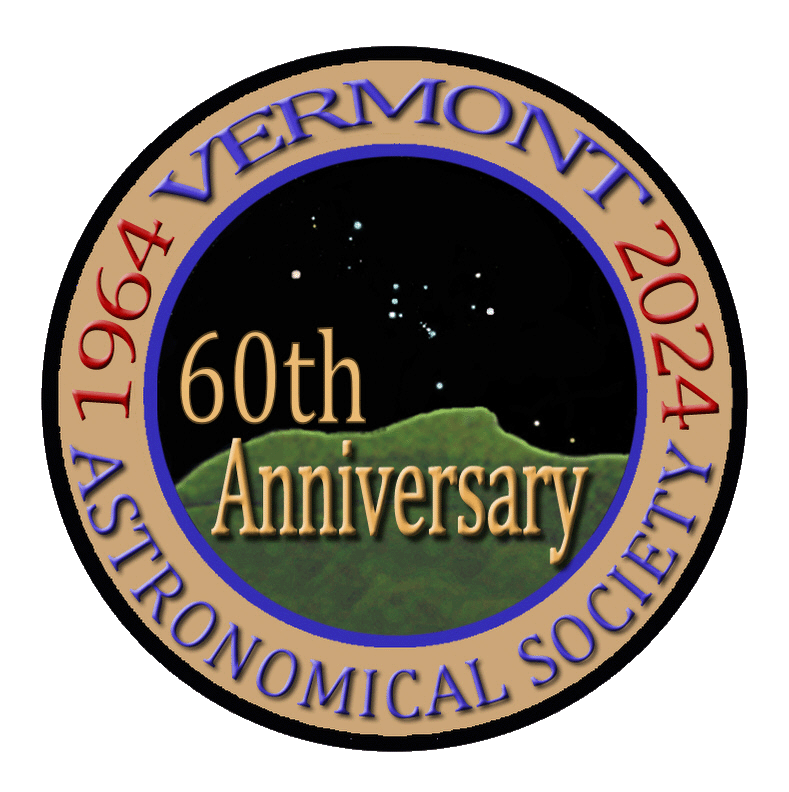The intriguingly complex and twisting area of nebulosity shown at the center of this image lies within the “heart” of the Heart Nebula (IC 1805, Sh2-190) in the constellation Cassiopeia and about 7,500 light-years (ly) away from Earth.
This bright area of interstellar gas knots is mainly composed of hydrogen and sulfur gas sculpted by the stellar winds from a small open cluster of about 60 visually discernible stars of widely differing sizes called Melotte 15 (also Collinder 26). In this image, the stars of Mel 15 populate the area above the main pillar of gas and contain a notable 7.8-magnitude binary star system, HD15558, visible in this image at the upper right of the central nebulosity. [British astronomer Philibert Jacques Melotte compiled and published “A Catalogue of Star Clusters shown on Franklin-Adams Chart Plates” in 1915, commonly known as the Melotte Catalogue, containing 245 star clusters.]
On the left (top and bottom) and far right (top) of the image are “bright-rimmed clouds” (BRC) that form the edges of IC1805’s interior and give the Heart Nebula its characteristic appearance in wider-field images.
Capture Dates: 8/26, 8/29 (AM), 8/29 (PM)
Equipment
Stellarvue SVX90T Apochromatic Refractor @native 540mm fL
Guidescope/Cam: SV106 with ASI120mm mini
ASIAir Plus, ASI585MC, ZWO AM5 mount, ZWO 5-position filter wheel
Filters
Antlia Dual Narrowband 5nm Ha/OIII: 115x300s [9:35]
Antlia Dual Narrowband 5nm SII/Hb: 70x300s [5:50]
ZWO UV/IR cut Luminance filter (for RGB stars) 20x60s [0:20]
Total integration time: 15:45
Processed with PixInsight and Adobe Photoshop.
Beautiful image with lots of details in those knots and wisps of nebulosity! Love it!
Terri

